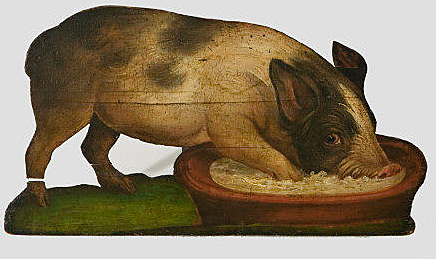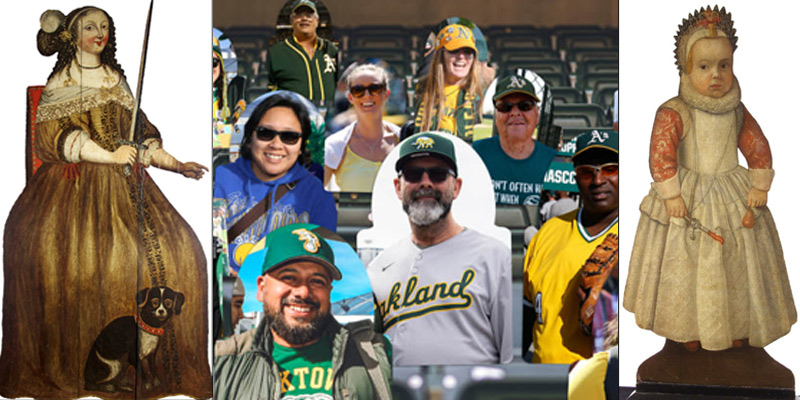Have you ever heard of “silent companions?” I hadn’t heard of them until my friend Rebecca mentioned them in light of the move by the Philadelphia Phillies and other baseball teams to fill their stands with fan cutouts.
Silent companions – or “presences in empty spaces,” as one author described them – were life-size images of people on wood made in the 17th through 19th centuries. They are better known as “dummy boards,” which served both utilitarian and decorative purposes.
These boards were used to scare off burglars (or sometimes hung out in dark corners and under stairwells to spook guests), greet visitors at the door, serve as fireplace screens and doorstops, and to stave off loneliness. The edges of the boards were beveled, giving them a three-dimensional look that appeared real.
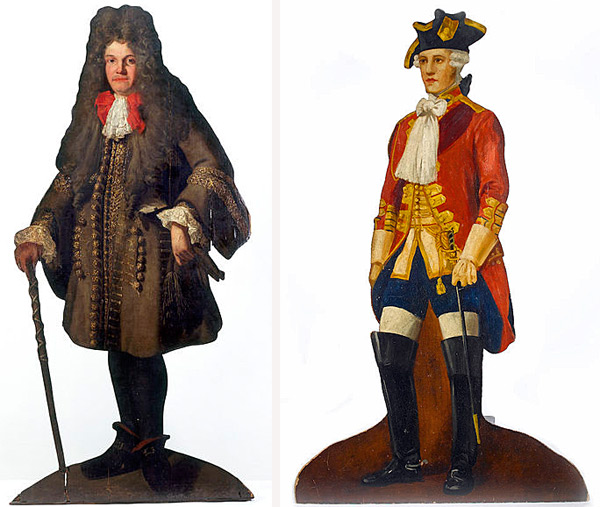
Fan cutouts could be the modern-day version of the dummy boards but on a simpler level. Certainly, stands full of doting fans would give Major League Baseball (MLB) teams a feeling of companionship and support, much more than a stadium full of empty seats.
When I first saw the dummy boards, they reminded me of those stand-up cardboard paper doll cutouts that were pretty popular during the early 20th century. They also resembled the cutouts of presidents – such as Barack Obama – whom you could stand next to for a photograph.
The dummy boards, though, were much more impressive and exclusive. They graced the homes not of peasants but of the kinds of folks you saw on the PBS series “Downton Abbey.” They were situated in the homes of the wealthy, most notably the Dutch and English.
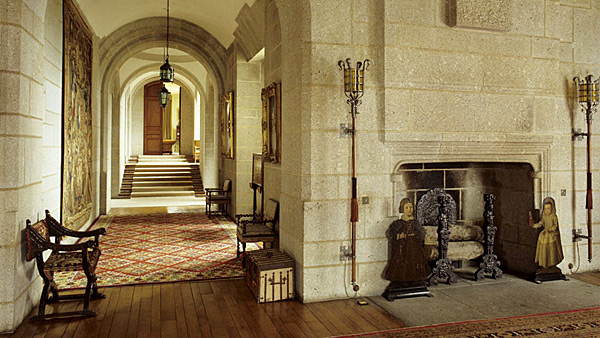
Most of the ones I found on the web showed people dressed in the attire of the rich and well-to-do. The images included men, women, children, as well as animals, servants and soldiers. Some were commissioned by real people in their own likenesses, and others presumably were not. Several can still be seen in Castle Drogo, a country home in Devon, England, now owned by the National Trust of the United Kingdom.
The boards were made by craftsmen sign painters – the same people who created the signs that hung on shops and other businesses. Some images were painted directly on the wood, while others were painted on canvas, cut out and then glued to the boards. There were supports on the back to ensure that they stood without falling. Several have come up for auction over the last 10 years, pulling in thousands of dollars.
Dummy boards apparently started in Holland in the 17th century and found their way to Britain and finally to the United States around the 18th century. The boards recalled the art of “trompe l’oeil,” in which paintings were done in such a way to “deceive the eye” and create the illusion of three-dimension. They were meant to be amusing.
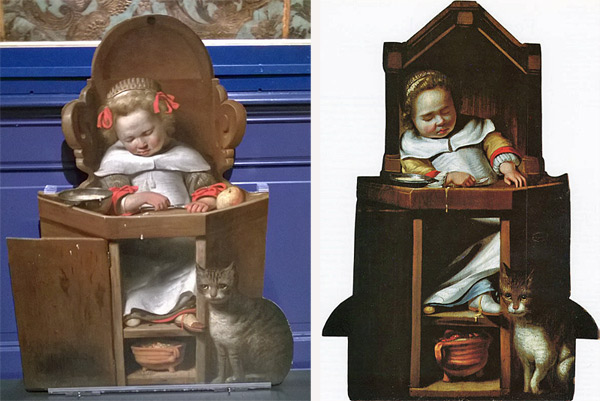
Very few dummy boards were said to be made in this country and even fewer survived. Boards depicting George Washington and Benjamin Franklin were found in Square House, home of the Rye Historical Society in Rye, NY, during a renovation in the 1960s. They were behind a wall in the house and were predicted to have been made during the late 19th century. The society included those boards as well as several others made in America in an exhibit in 1981.
The MLB cutouts are more commonplace, simplistic and representative of our times. I wonder how they will survive the ages and what story they will tell about us and our love affair with sports.
In the age of COVID-19, they are our way of connecting from afar. Along with the Phillies, the Oakland A’s, San Francisco Giants, Los Angeles Dodgers, New York Mets and Chicago White Sox are among others that have adopted them. The MLB teams’ figural cutouts ranged from real fans to celebrities to team mascots to former players. They appear to be mostly busts.
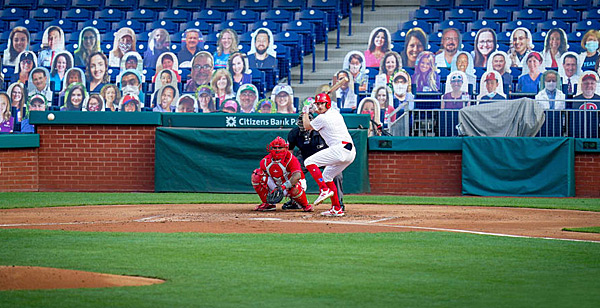
On its opening day last week, the Phillies filled the stands behind home plate with the facsimile faces of local nurses, doctors and other health-care workers wearing hospital and Phillies gear. Other fans can pay $25 (season ticket-holders) and $40 (others) for their own 18-by-36-inch cutouts to be placed in the stands for the season. The Phillies, as most of the other teams, are donating the money to charity.
The Phillies cutouts are made of a material that can withstand rain and other elements of nature. The team management has not decided if fans can take the cutouts once the season is over. The A’s plans to give them to fans after the season ends, but they can’t vouch for the condition by then.
